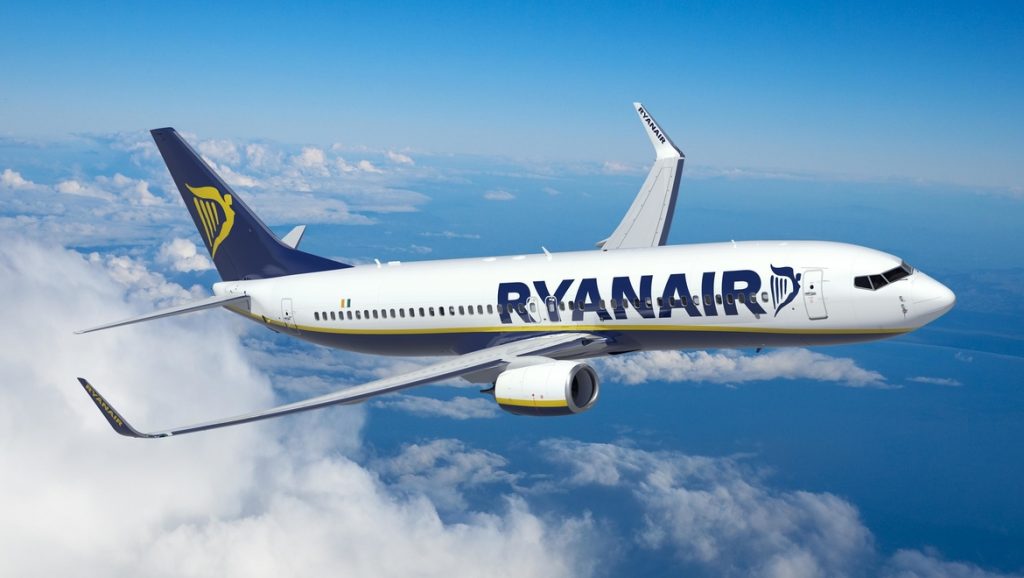
Despite months of endorsing Boeing and its embattled 737 MAX, Ryanair has signalled it may decline to accept the delivery of its first MAX jets, following lengthy delays in the process.
The European budget carrier has been waiting nearly two years for its 737 MAX 8200s, a variant of the MAX 8 with extra seating built specifically for Ryanair’s budget needs, as the jet’s certification was held up during the 20-month grounding of the MAX.
Now, Ryanair chief executive Eddie Wilson has said that Boeing is still yet to give Ryanair a set date for delivery, and that the airline may decline to take delivery should the US planemaker attempt to schedule delivery during the current busy summer travel season.
“We need a definitive date as to when we’re going to get the airplane and then we’ve got to decide … whether that suits us to take them or not because in the normal course of events we don’t take aircraft in the summer months,” Wilson said.
Ryanair had already previously announced a revised delivery schedule for its first MAX jets in order to avoid deliveries being made in June.
The ongoing delays largely stem from the additional certification requirements for Ryanair’s unique 737 MAX 8200 variant.
While the 737 MAX 8 was recertified to fly by the US Federal Aviation Administration in November 2020, the MAX 8200, which includes an additional exit door in order to meet regulations and allow additional passengers onboard, didn’t achieve its first certification until April this year.
However, Wilson suggested in an interview with Reuters that ongoing disputes between Boeing and the FAA are continuing to hold out the delivery of its first MAX 8200s.
“The release of that aircraft … has to do with a fairly straightforward issue. And it’s how the interface between Boeing and the FAA is going to work in matters like that and they have to iron that out once and for all,” Wilson said.
“It’s really up to Boeing at Seattle to bed in that relationship with the FAA in dealing with issues of certification and how they have to do things differently. That’s what it looks like,” he said.
Ryanair made its first order for the 197-seat MAX 8200 jet in late 2014. The agreement included 100 firm orders and 100 options. Ryanair later made another firm order for 10 jets in 2017, and a further 25 in 2018.
Then, the entire fleet of 737 MAX jets were grounded in May 2019, following the second of two fatal crashes that killed 346 people in total.
The crashes were later identified to have been caused in part by faults in the plane’s Maneuvering Characteristics Augmentation System.
Following a months-long process of safety upgrades and test flights, the FAA was the first to lift its grounding order on the jet in November 2020.
Just weeks after recertification, in December 2020, Ryanair announced an order for a further 75 MAX aircraft in a deal worth over $9 billion, in a public show of confidence for Boeing and the MAX.
Ryanair group chief executive Michael O’Leary called the December 737 MAX order “the deal of the new century”, after touting the airline would secure the deal at a significant discount.
Despite the delays, the airline has long thrown its support behind the aircraft, with O’Leary marking it as a commercial and financial “gamechanger”, as the 737 MAX can carry 4 per cent more passengers, with 16 per cent less fuel burn, than its 737 predecessor.













